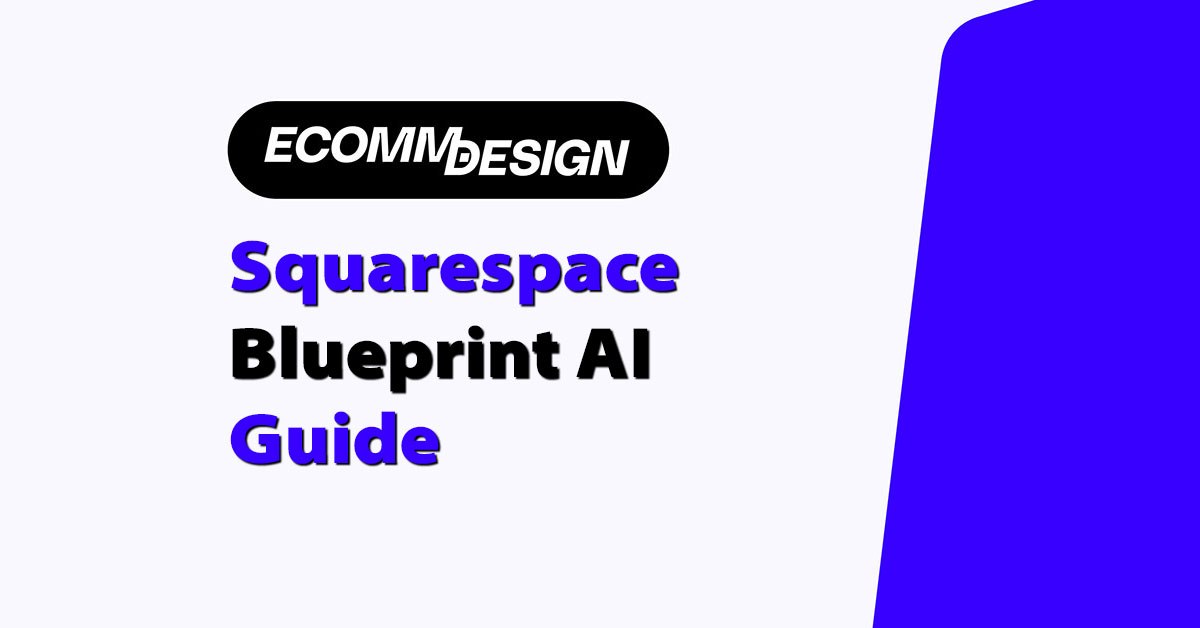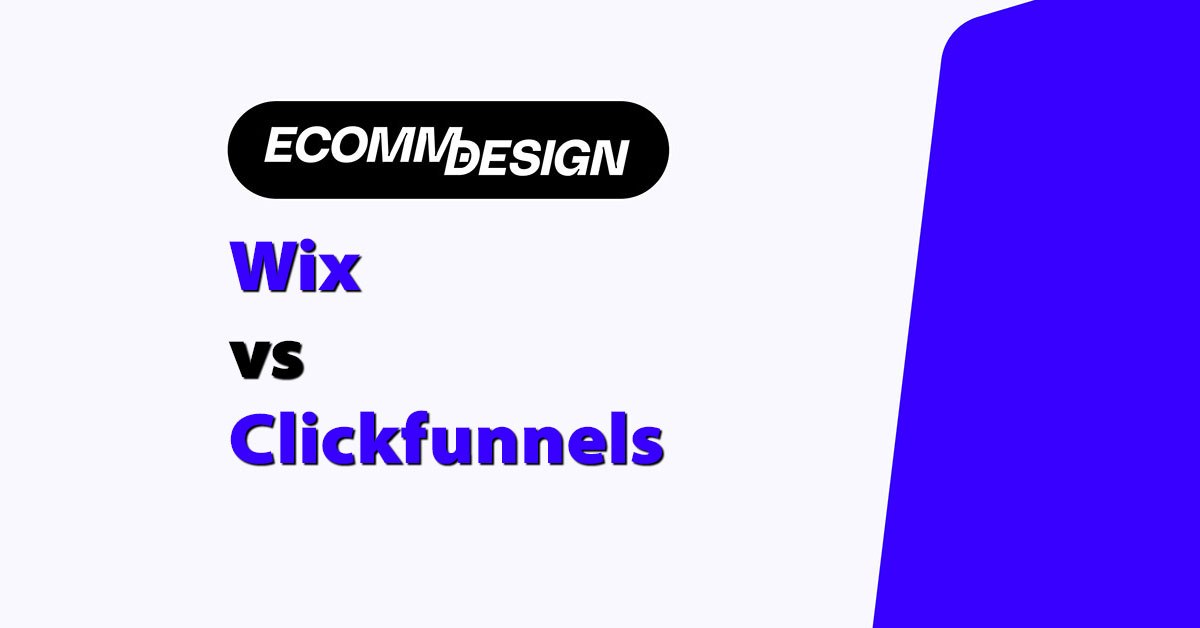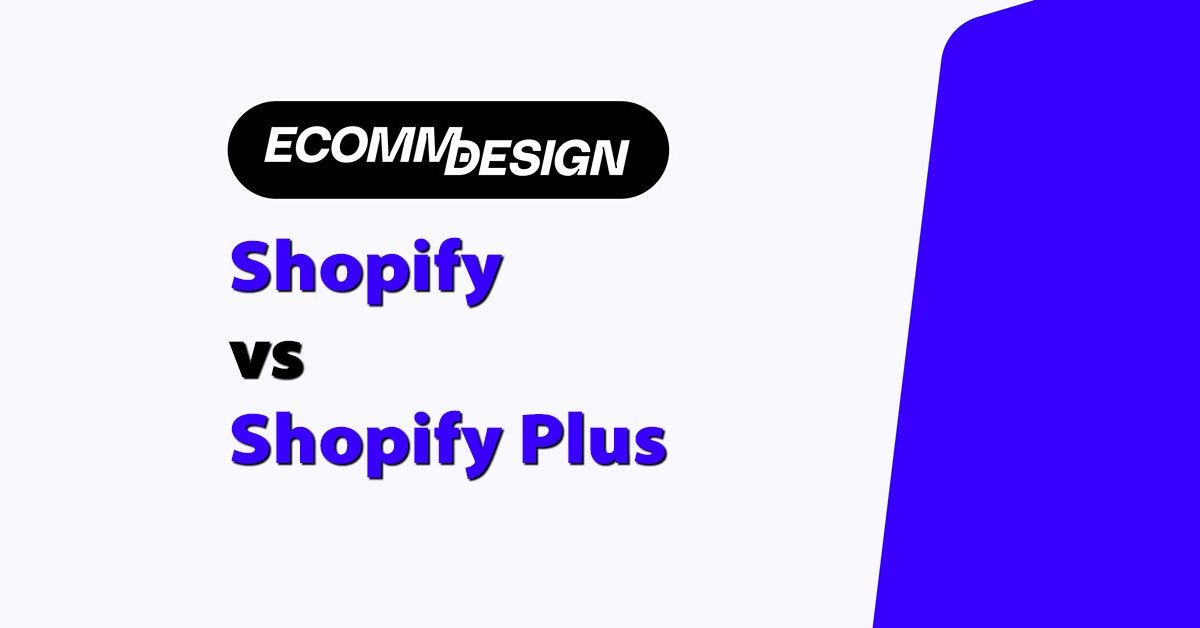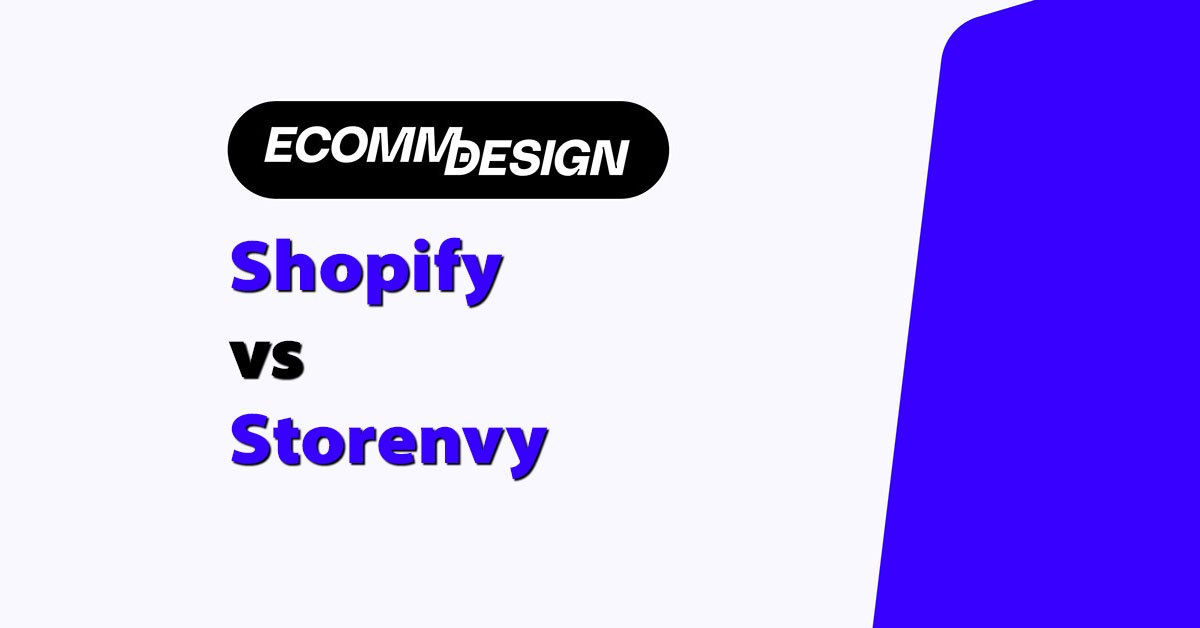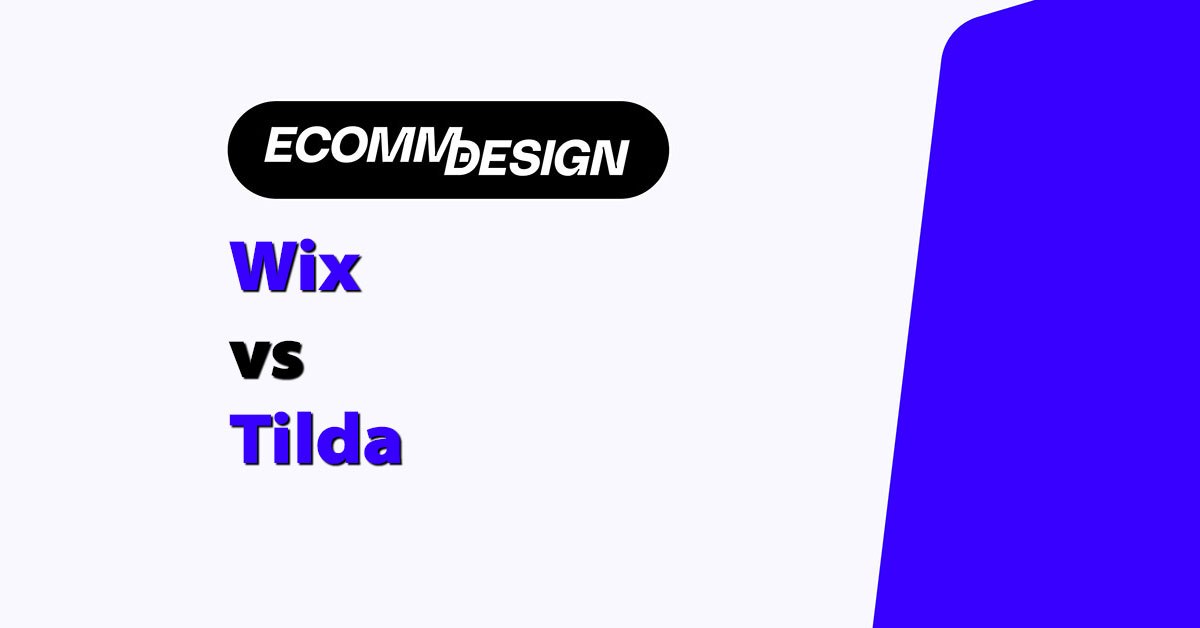As an eCommerce professional, I’ve seen firsthand how UX and design directly impact conversions. A poorly designed website can frustrate visitors, slow down sales, and even hurt your brand’s credibility.
On the other hand, a well-optimized shopping experience removes friction, builds trust, and encourages repeat purchases.
In this guide, I’ll walk you through the most effective UX and design strategies that I’ve used to help eCommerce brands improve engagement, streamline the buying process, and increase revenue.
